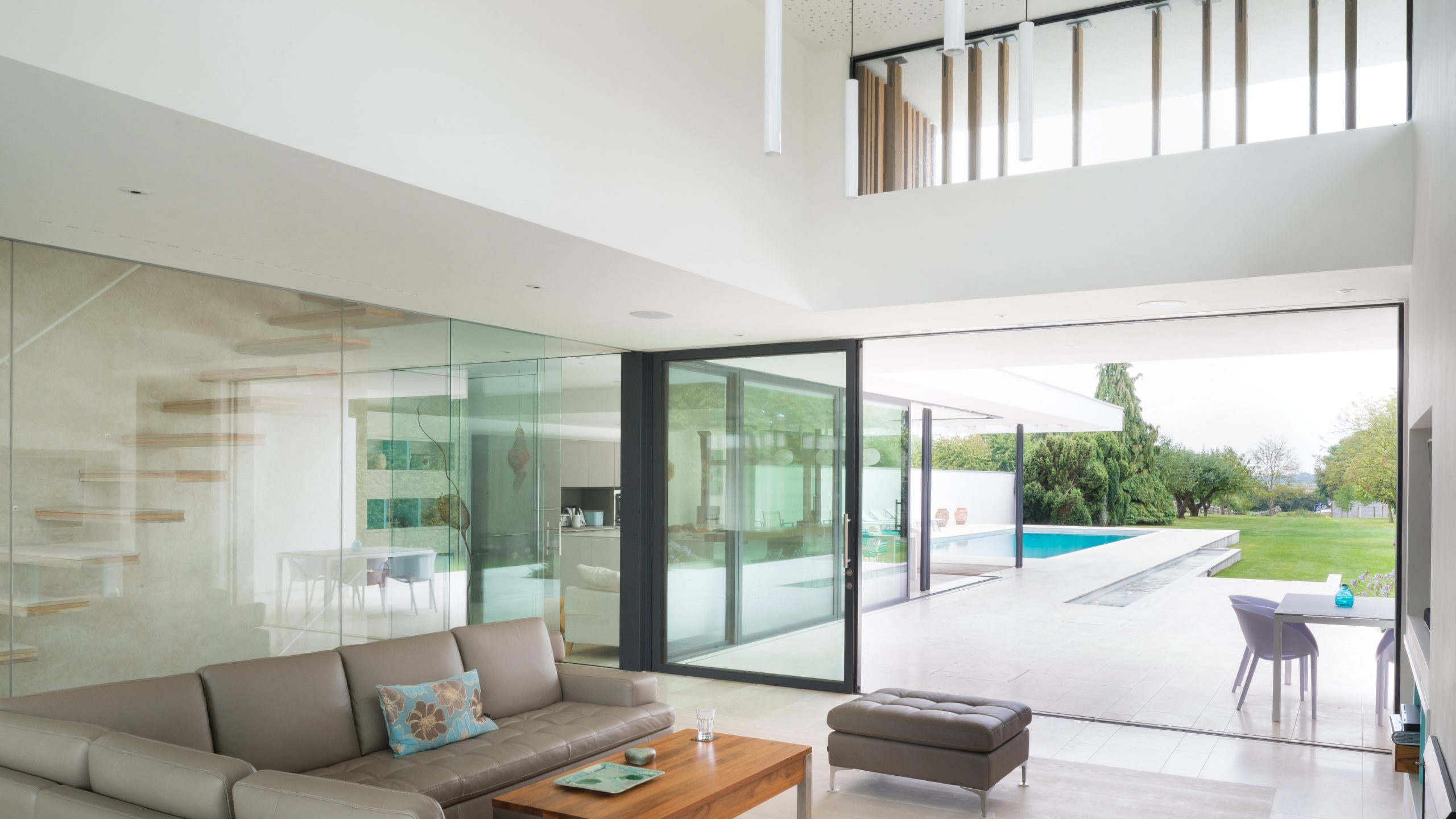Clerestory glass, known for its elegant placement high on walls, offers a unique way to illuminate spaces while maintaining privacy. From ancient temples to modern homes, these architectural features have a rich history and offer a multitude of benefits. This comprehensive guide explores the design possibilities, practical advantages, potential drawbacks, and expert tips for incorporating clerestory glass into your space.
The Luminous History and Advantages of Clerestory Glass
Clerestory windows, those strategically positioned high-up panes, have been illuminating spaces for centuries. Their origins can be traced back to ancient Egyptian temples of the Amarna Period and the Minoan palaces of Crete, where they were used to bring natural light into interior spaces while preserving privacy. [https://www.wavesold.com/coffee-table-and-stools] Today, they continue to be a popular architectural choice for homes, offices, and public buildings, offering a unique blend of functionality and aesthetic appeal.
Why choose clerestory windows? The benefits are numerous:
- Abundant Natural Light: Clerestory windows act like a series of skylights, flooding the room with daylight and reducing the need for artificial lighting, thus potentially lowering energy costs.
- Enhanced Ventilation: Operable clerestory windows can facilitate natural airflow, creating a healthier and more comfortable indoor environment, particularly in conjunction with lower windows.
- Privacy Protection: Unlike standard windows, their elevated position allows light to enter while maintaining privacy, making them ideal for bathrooms, bedrooms, or areas overlooking neighbors.
- Increased Spaciousness: Clerestory glass can create the illusion of higher ceilings and a more expansive room, even in smaller spaces.
- Architectural Flair: They add a distinctive design element, bringing a touch of elegance and sophistication to both interior and exterior spaces. [https://www.wavesold.com/colorful-cabinet]
Designing with Clerestory Glass: Placement and Considerations
Clerestory windows offer a range of design possibilities. They come in various types, including fixed, operable (casement, awning, etc.), and glass block, each with its own advantages and considerations. Their placement is crucial for optimizing light and ventilation.
Here are some key design considerations:
- Room Function: Consider the purpose of the room. In kitchens, clerestory windows can brighten workspaces and enhance ventilation. In bathrooms, they provide natural light while ensuring privacy. In living rooms, they can create a dramatic focal point and a sense of grandeur.
- Architectural Style: Clerestory windows can complement various architectural styles. Their shape (rectangular, square, arched, custom) and glass type (clear, frosted, tinted, low-E) can be tailored to match the overall aesthetic.
- Light Levels and Orientation: The direction your windows face influences the amount and quality of light they receive. South-facing windows generally receive the most sunlight. Consider using frosted or tinted glass to mitigate glare in particularly sunny locations.
- Transom Windows: While similar in concept, transom windows are typically smaller and placed above doors or other windows, rather than directly beneath the ceiling or roofline. They can complement clerestory windows by providing additional light and ventilation.
Cost, Installation, and Maintenance: Practicalities of Clerestory Glass
While offering numerous benefits, clerestory windows also present some practical challenges. Their height makes installation more complex and often necessitates professional assistance. Proper sealing and insulation are crucial for preventing drafts and energy loss.
Cost considerations include:
- Window Size and Type: Larger windows and specialized types (e.g., operable, glass block) generally cost more.
- Material: High-performance glass with low-E coatings or insulated glass units may have a higher upfront cost but can offer long-term energy savings.
- Installation Complexity: The height and accessibility of clerestory windows often require specialized equipment and expertise, impacting installation costs.
Maintenance, particularly cleaning, can also be challenging due to their height. Consider incorporating features that facilitate cleaning, or budget for professional cleaning services.
Clerestory Glass in the Modern World: Applications and Trends
Clerestory windows are increasingly prominent in modern architecture, particularly in energy-efficient building design. They are key components of passive lighting and ventilation strategies, reducing reliance on artificial systems and lowering energy consumption.
Current trends suggest a growing interest in:
- Smart Glass Technologies: Electrochromic glass allows for dynamic control of light and heat transmission, optimizing energy performance and user comfort.
- Integrated Design: Architects are exploring innovative ways to integrate clerestory windows seamlessly into building designs, maximizing their effectiveness and aesthetic impact.
- Biophilic Design: Clerestory windows contribute to biophilic design principles by increasing natural light and creating a stronger connection with the outdoors.
Potential Drawbacks and Solutions
While clerestory windows offer significant advantages, understanding potential drawbacks is important for making informed decisions.
- Cleaning Challenges: Their elevated position requires specialized equipment or professional cleaning services, increasing maintenance costs and effort.
- Thermal Performance: In certain climates, clerestory windows can contribute to heat gain in the summer and heat loss in the winter. However, advancements in glazing technologies, such as low-E coatings, can mitigate these effects.
- Privacy Concerns: While generally enhancing privacy, careful placement and consideration of surrounding buildings and sightlines are essential. Options like frosted glass can further enhance privacy.
- Cost: Clerestory windows can be more expensive than standard windows due to their specialized nature and installation requirements. However, consider the potential long-term energy savings and added value to your home.
Conclusion: Embracing the Light with Clerestory Glass
Clerestory glass offers a compelling combination of functionality and aesthetics. By bringing natural light, enhancing ventilation, and adding architectural interest, it can transform any space. While cost and maintenance considerations are important, the benefits often outweigh the challenges. Careful planning, professional consultation, and consideration of your specific needs and preferences are essential for realizing the full potential of clerestory glass in your home or building.
- Dora the Explorer Wipe-Off Fun: Safe & Mess-Free Activities for Little Explorers - April 18, 2025
- Does Lemongrass Repel Mosquitoes? Fact vs. Fiction + How to Use It - April 18, 2025
- Do Woodchucks Climb Trees?Fact vs. Fiction - April 18, 2025










